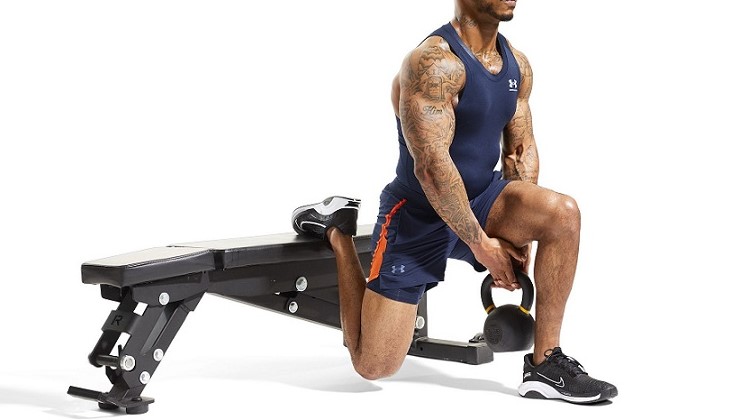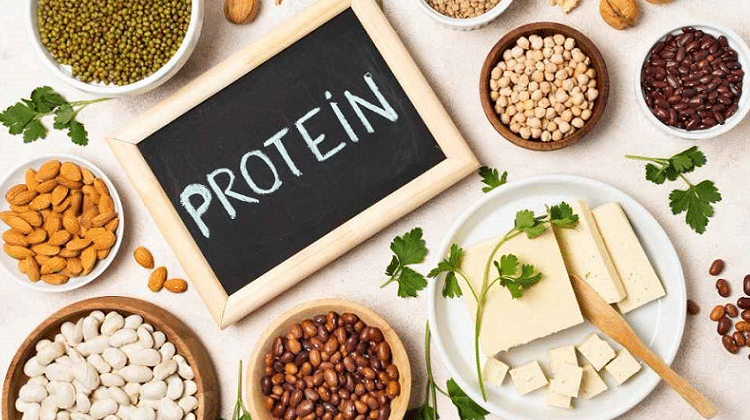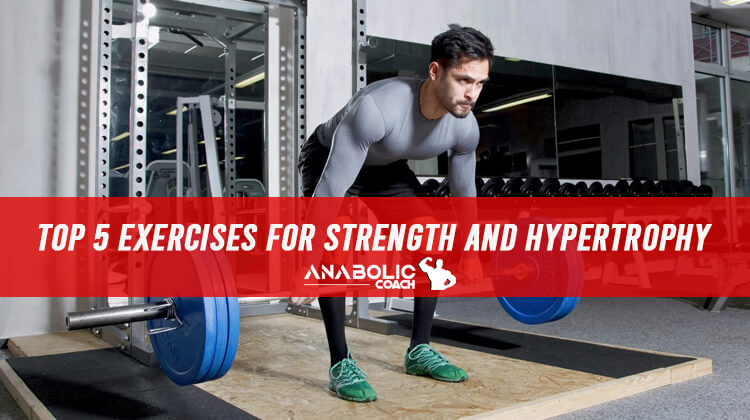Achieving strong, well-developed glutes is not just about aesthetics; it’s also crucial for overall strength, stability, and athletic performance. The glutes, comprising the gluteus maximus, gluteus medius, and gluteus minimus, are among the largest and most powerful muscles in the body.
They play a significant role in various daily activities and sports, from lifting heavy objects to running, jumping, and providing support for the lower back. Strong glutes can help prevent injuries, improve posture, and increase overall functional fitness.
Moreover, well-developed glutes contribute to a balanced and proportionate physique, enhancing both appearance and physical capability. For athletes, powerful glutes are essential for explosive movements, such as sprinting and jumping, while for everyday fitness enthusiasts, strong glutes aid in performing tasks more efficiently and with less risk of injury.
This guide delves into the five most effective exercises to help you maximize your glute gains, ensuring you get the most out of your workouts. These exercises are selected based on their ability to target the glute muscles effectively, promote hypertrophy (muscle growth), and enhance overall lower body strength.
By incorporating these exercises into your routine, you will build a solid foundation for both functional performance and aesthetic improvement.
Whether you’re a seasoned athlete or a beginner, this guide will provide you with the tools you need to achieve your fitness goals.
1. Barbell Hip Thrusts
Barbell hip thrusts are renowned for directly targeting the gluteus maximus, leading to significant muscle activation and growth. This exercise also helps improve hip extension, which is vital for athletic performance and functional movements.
How to Perform Barbell Hip Thrusts
- Sit on the ground with a bench directly behind you. Position a barbell over your hips, using a pad for comfort if needed.
- Lean back against the bench so your shoulder blades are near the top edge.
- Plant your feet firmly on the ground, hip-width apart.
- Drive through your heels to lift your hips, fully extending at the top and squeezing your glutes.
- Lower your hips back to the ground in a controlled manner and repeat.
Barbell Hip Thrusts Tips:
- Keep your chin tucked throughout the movement to maintain a neutral spine.
- Focus on squeezing your glutes at the top of the lift, avoiding overextending your lower back.
- Start with a lighter weight to master the form before gradually increasing the load.

2. Squats
Squats are a compound movement that engages multiple muscle groups, including the glutes, quads, and hamstrings. This makes them ideal for overall lower body development and functional strength.
How to Perform Squats
- Stand with feet shoulder-width apart, toes slightly pointed out.
- Hold a barbell across your upper back or use body weight.
- Brace your core and begin to lower your body by bending at the hips and knees, ensuring your knees track over your toes.
- Descend until your thighs are parallel to the floor or lower if flexibility allows.
- Push through your heels to return to the starting position, keeping your chest up.
Squats Tips:
- Maintain a neutral spine throughout the movement to avoid injury.
- Keep your core engaged to support your lower back.
- Focus on depth and form rather than the amount of weight lifted initially.
3. Romanian Deadlifts (RDLs)
RDLs are excellent for targeting the posterior chain, including the glutes, hamstrings, and lower back. This exercise promotes both strength and hypertrophy, making it a staple in any lower body workout.
How to Perform RDLs
- Stand with feet hip-width apart, holding a barbell or dumbbells in front of your thighs.
- Slightly bend your knees and hinge at the hips to lower the weight along your legs.
- Lower until you feel a stretch in your hamstrings, keeping your back flat and shoulders retracted.
- Return to the starting position by thrusting your hips forward and squeezing your glutes.
RDL Tips:
- Avoid rounding your back; keep it flat and your shoulders pulled back throughout the movement.
- Focus on the hip hinge rather than bending at the waist.
- Start with lighter weights to ensure proper form before progressing to heavier loads.
4. Bulgarian Split Squats
This unilateral exercise ensures balanced glute development and also improves overall stability and coordination. Bulgarian split squats target the glutes, quads, and hamstrings while enhancing lower body balance and strength.
How to Perform Bulgarian Split Squats:
- Stand a few feet in front of a bench, with one foot resting on the bench behind you.
- Hold dumbbells at your sides or place your hands on your hips.
- Lower your body by bending the front knee, keeping your torso upright.
- Descend until your front thigh is parallel to the floor, then push back up through the heel.
Bulgarian Split Squats Tips:
- Maintain an upright posture without leaning forward.
- Ensure your front knee does not extend past your toes to avoid strain.
- Perform the exercise slowly to enhance balance and control.

5. Glute Bridges
Glute bridges are a simple yet effective exercise that isolates and activates the glutes without requiring heavy weights or advanced equipment. This makes them accessible for all fitness levels and ideal for home workouts.
How to Perform Glute Bridges:
- Lie on your back with knees bent and feet flat on the floor, hip-width apart.
- Place a barbell across your hips or perform bodyweight.
- Drive through your heels to lift your hips, fully extending at the top and squeezing your glutes.
- Lower your hips back to the ground and repeat.
Glutes Bridges Tips:
- Focus on the glute squeeze at the top of the movement for maximum activation.
- Avoid overarching your lower back; keep the movement controlled.
- Use a resistance band around your thighs for added intensity.
Now that you are equipped with the knowledge of the most effective exercises for glute strength and hypertrophy, it’s time to put this information into action.
Incorporate these five exercises: barbell hip thrusts, squats, Romanian deadlifts, Bulgarian split squats, and glute bridges: into your workout routine to see substantial improvements in both the strength and size of your glutes. If you want more information on how to go about performing these workouts, you can chat with an IFBB PRO for free at Anabolic Coach today.
How to Incorporate These Exercises:
Aim to perform these exercises 2-3 times per week. This frequency allows for adequate stimulus to the glute muscles while providing sufficient rest for recovery and growth.
Start with a manageable volume, such as 3-4 sets of 8-12 repetitions for each exercise. As you progress, gradually increase the weight and intensity to continue challenging your muscles.
Ensure you have at least one rest day between your glute-focused workouts to allow your muscles to recover and grow. Rest is just as important as the workouts themselves for muscle development.
Integrate with a Well-Rounded Fitness Program:
Combine your glute workouts with cardiovascular exercises such as running, cycling, or rowing to enhance overall fitness and aid in fat loss, which can help your muscle definition become more visible.
Balance your lower body workouts with upper body strength training. This holistic approach ensures overall body strength and symmetry, preventing muscle imbalances that can lead to injury.
Nutrition for Optimal Results:
Protein-Rich Diet:
Maintain a balanced diet rich in protein to support muscle growth and repair. Aim for high-quality protein sources such as lean meats, fish, eggs, dairy, legumes, and plant-based proteins.

Balanced Macronutrients:
Ensure you are getting adequate carbohydrates for energy and healthy fats for overall health. A balanced diet fuels your workouts and recovery processes effectively.
Hydration:
Stay well-hydrated to optimize muscle function and recovery. Proper hydration is crucial for maintaining energy levels and overall performance during workouts.
Track Your Progress:
Consistency in your workouts and diet is crucial for seeing results. Stick to your routine, progressively challenge yourself, and stay committed to your goals.
Keep a workout journal to track your exercises, weights, and repetitions. Regularly assess your progress and make adjustments as needed to continue progressing.
By incorporating these exercises and following a comprehensive fitness program, you will be well on your way to achieving significant improvements in glute strength and hypertrophy.
Remember, the journey to stronger, more developed glutes takes time and dedication. Stay motivated, and don’t hesitate to seek guidance from fitness professionals if needed.
Start implementing these exercises today and take the first step towards transforming your glute development. Your future self will thank you for the effort and commitment you invest now. Let’s get started and maximize those glute gains!
Conclusion
Building strong, hypertrophic glutes requires dedication, proper technique, and consistent effort. By focusing on these five key exercises, you will not only enhance your glute development but also improve your overall strength, stability, and athletic performance.
Start implementing these exercises today and witness the transformation in your glute gains. Remember, consistency is key, so stay committed and track your progress to achieve the best results.


